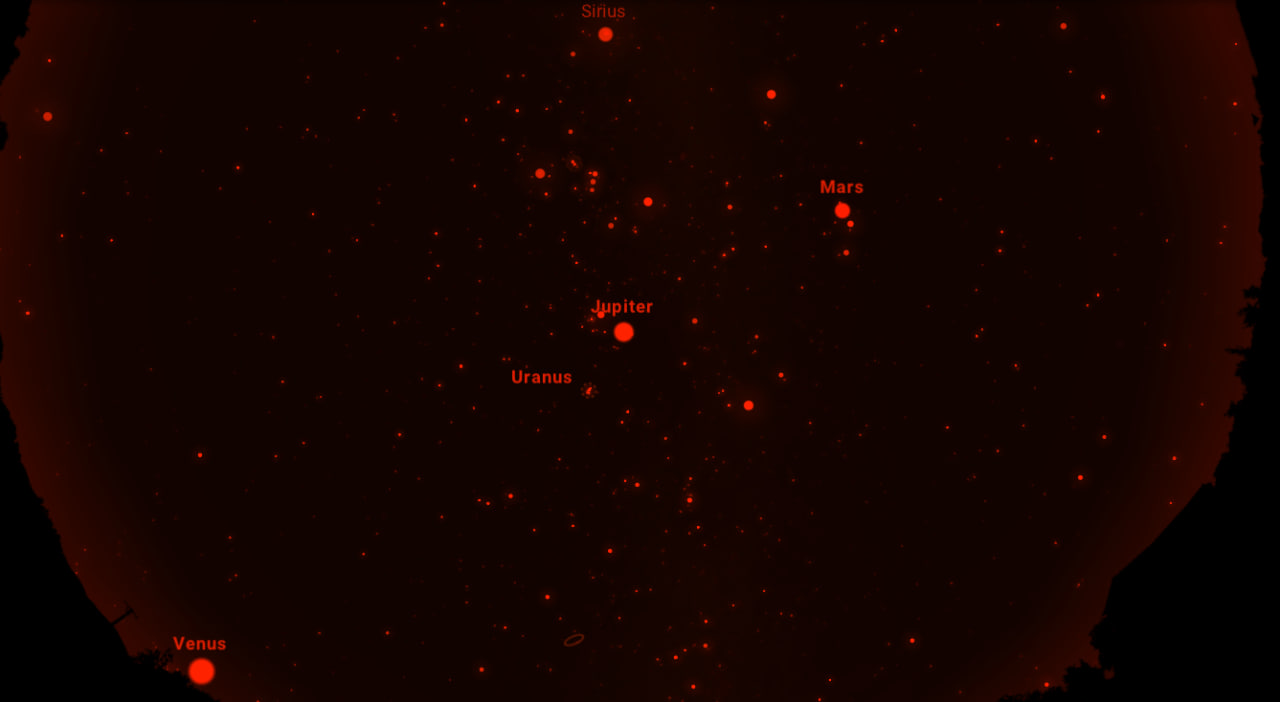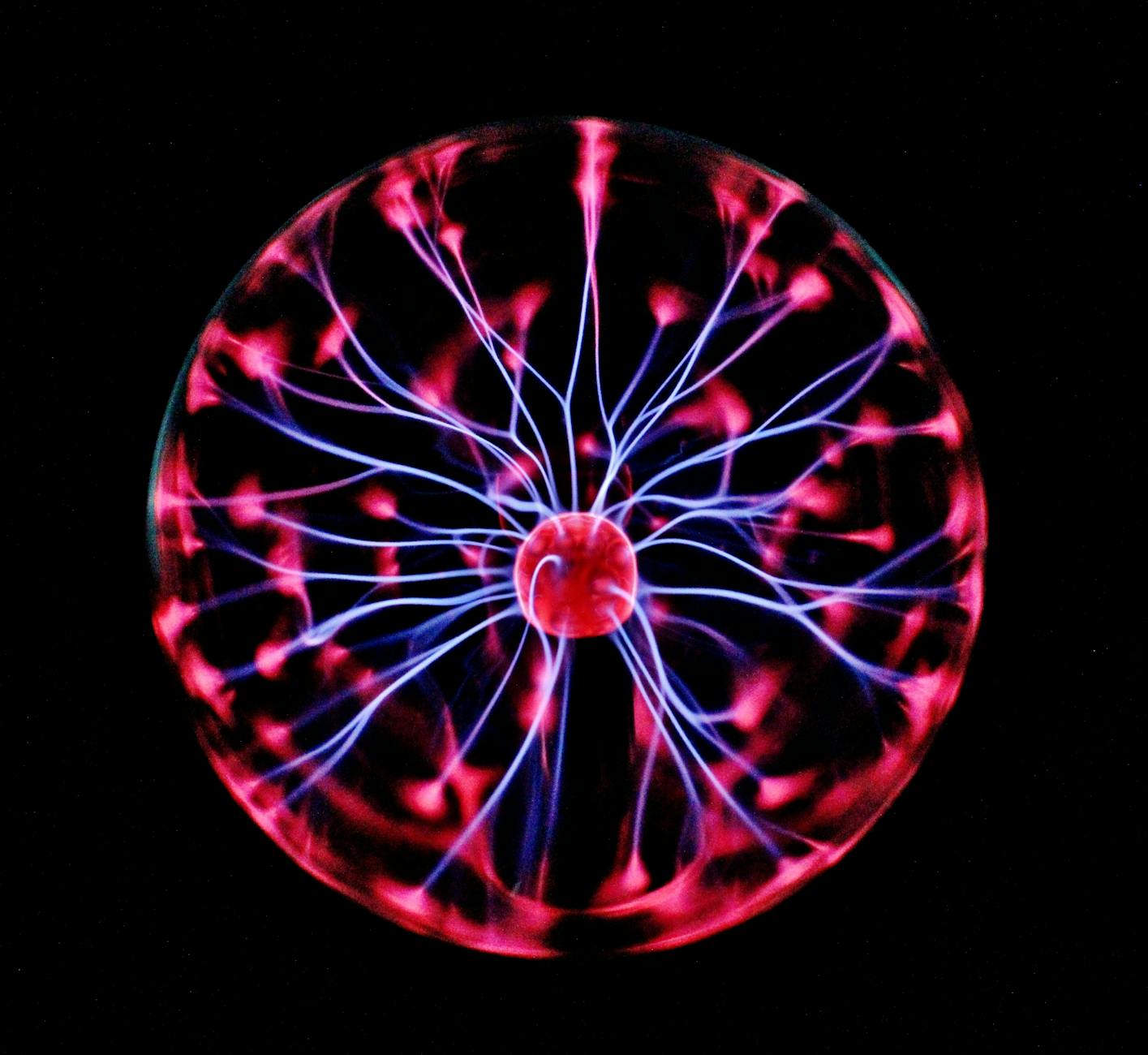Class: STD 12 | Physics | NEET | JEE
Concept Video by Dr E. Ramanathan
Displacement Current
Displacement current is a concept in electromagnetism that was introduced by James Clerk Maxwell to complete the set of Maxwell’s equations. Here are some key points about displacement current:
- Concept Introduction: Displacement current was introduced by James Clerk Maxwell in the mid-19th century as part of his formulation of the electromagnetic field theory.
- Maxwell’s Equations: Displacement current is included in Maxwell’s equations to provide a more comprehensive description of electromagnetic phenomena. It is one of the four fundamental equations governing electromagnetism.
- Ampère’s Circuital Law Modification: Displacement current was introduced to modify Ampère’s Circuital Law. In its original form, this law was inconsistent with the laws of electromagnetic induction. The addition of displacement current resolved this inconsistency.
- Mathematical Expression: Displacement current density ((J_d)) is represented by the symbol (\epsilon_0 \frac{\partial E}{\partial t}), where (\epsilon_0) is the vacuum permittivity, (E) is the electric field, and (\frac{\partial}{\partial t}) represents the time derivative.
- Nature: Displacement current is not a physical current of moving charges like conduction current (current due to the flow of electrons). Instead, it represents the rate of change of electric field in a region.
- Role in Electromagnetic Waves: Displacement current plays a crucial role in the generation and propagation of electromagnetic waves, including radio waves, microwaves, and light waves. It helps explain how changing electric fields produce magnetic fields and vice versa.
- Dielectric Materials: Displacement current is especially important in dielectric materials (insulators) where electric charges cannot flow freely. It accounts for the ability of dielectrics to store and release energy in capacitors.
- Integral Form of Maxwell’s Equations: When displacement current is included, Ampère’s Circuital Law becomes consistent with Faraday’s Law of electromagnetic induction. The integral form of Maxwell’s equations is essential for describing how electric and magnetic fields interact and propagate in space.
- Theoretical Concept: While displacement current is a theoretical concept, it has been experimentally confirmed through various observations of electromagnetic phenomena.
- Importance in Modern Technology: Understanding displacement current is fundamental in the design and operation of a wide range of modern technologies, including wireless communication, electronics, and optics.
The Displacement current is a critical concept in electromagnetism that helps complete Maxwell’s equations and is essential for understanding the behavior of electromagnetic fields, especially in the context of electromagnetic waves and dielectric materials.
Displacement current is an important concept in electromagnetism, and it is represented by the formula for displacement current density (). Here are the relevant formulas associated with displacement current:
1. **Displacement Current Density () Formula**:
The displacement current density is given by the formula:
where:
– is the displacement current density.
– is the vacuum permittivity (electric constant).
– is the electric field.
– represents the partial derivative with respect to time.
2. **Ampère’s Circuital Law with Displacement Current**:
Ampère’s Circuital Law, modified to include displacement current, becomes:
where:
– is the magnetic field.
– is an infinitesimal vector element along a closed path.
– is the vacuum permeability (magnetic constant).
– is the conduction current density.
– is the vacuum permittivity.
– is the time derivative of the electric field.
– is the unit normal vector to the surface enclosed by the path.
3. **Maxwell’s Equations with Displacement Current**:
Maxwell’s equations, including displacement current, are expressed as:
Gauss’s Law:
Gauss’s Law for Magnetism:
Faraday’s Law of Electromagnetic Induction:
Ampère’s Circuital Law:
These formulas highlight the role of displacement current in completing Maxwell’s equations and providing a more accurate description of electromagnetic phenomena, especially in cases involving time-varying electric fields and electromagnetic wave propagation.
Electromagnetic waves
Electromagnetic waves are described by a set of fundamental formulas that characterize their behavior. Here are some important formulae related to electromagnetic waves:
1. **Speed of Light (c)**:
The speed of light in a vacuum is a fundamental constant and is approximately equal to meters per second (m/s). It is denoted by the symbol ‘c.’
2. **Wavelength () and Frequency (
) Relation**:
The wavelength of an electromagnetic wave is related to its frequency and the speed of light by the formula:
where:
– is the wavelength (in meters).
– is the frequency (in hertz, Hz).
3. **Wave Equation**:
The wave equation describes the propagation of electromagnetic waves in a vacuum:
where:
– is the speed of light.
– is the vacuum permeability (magnetic constant).
– is the vacuum permittivity (electric constant).
4. **Energy Density of Electromagnetic Waves**:
The energy density () of an electromagnetic wave is given by:
where:
– is the vacuum permittivity.
– is the electric field strength.
5. **Intensity of Electromagnetic Waves**:
The intensity () of an electromagnetic wave is the power per unit area and is given by:
where:
– is the speed of light.
– is the vacuum permittivity.
– is the electric field strength.
6. **Electromagnetic Spectrum**:
The electromagnetic spectrum encompasses a wide range of frequencies and wavelengths for different types of electromagnetic waves. Some key regions include:
– Radio waves (low frequency, long wavelength).
– Microwaves.
– Infrared.
– Visible light.
– Ultraviolet.
– X-rays.
– Gamma rays (high frequency, short wavelength).
7. **Poynting Vector**:
The Poynting vector () represents the direction and magnitude of energy flow in an electromagnetic wave and is given by:
where:
– is the vacuum permeability.
– is the electric field vector.
– is the magnetic field vector.
These formulas are essential for understanding the properties, behavior, and energy transport of electromagnetic waves in various contexts, from radio waves and microwaves to visible light and beyond.
Production of Electromagnetic Waves – Rudolf Hertz Experiment

Sketch Note Summary by Kaviya




